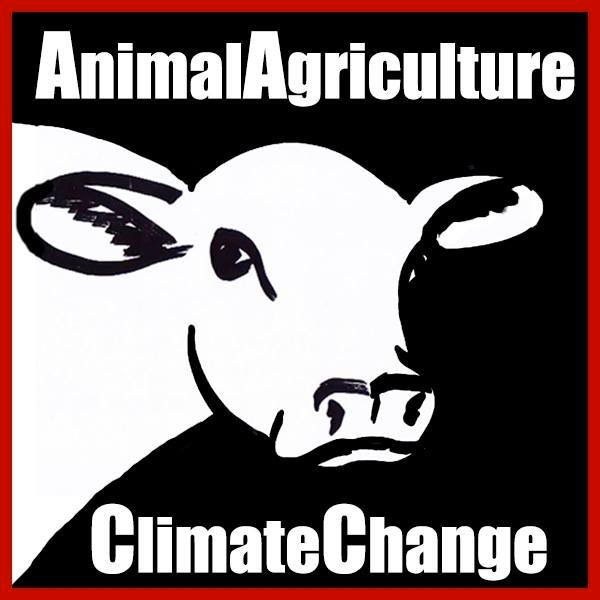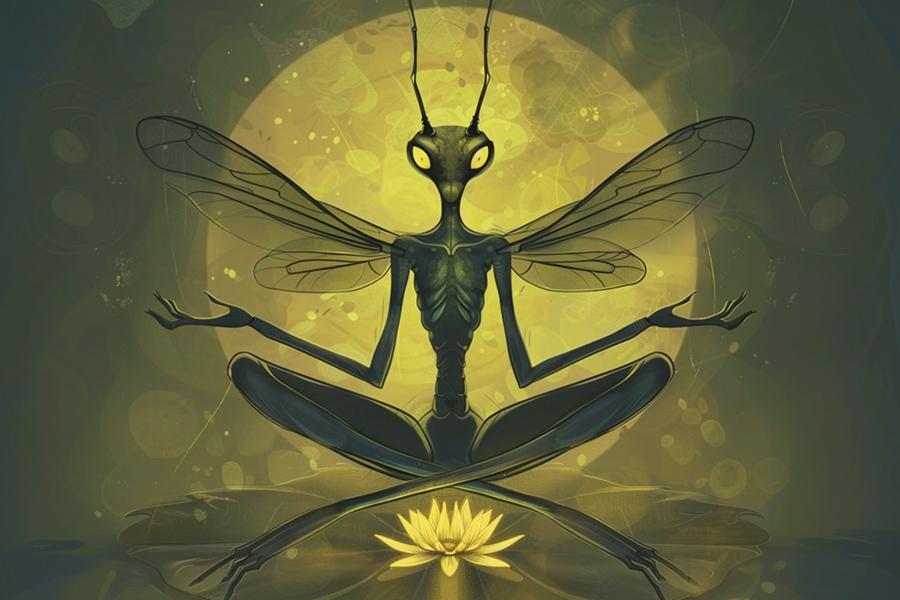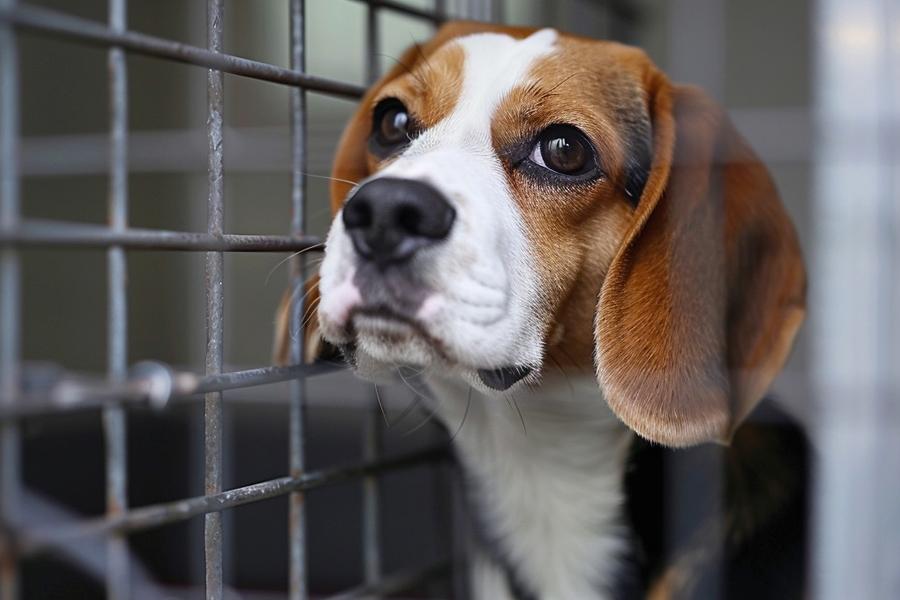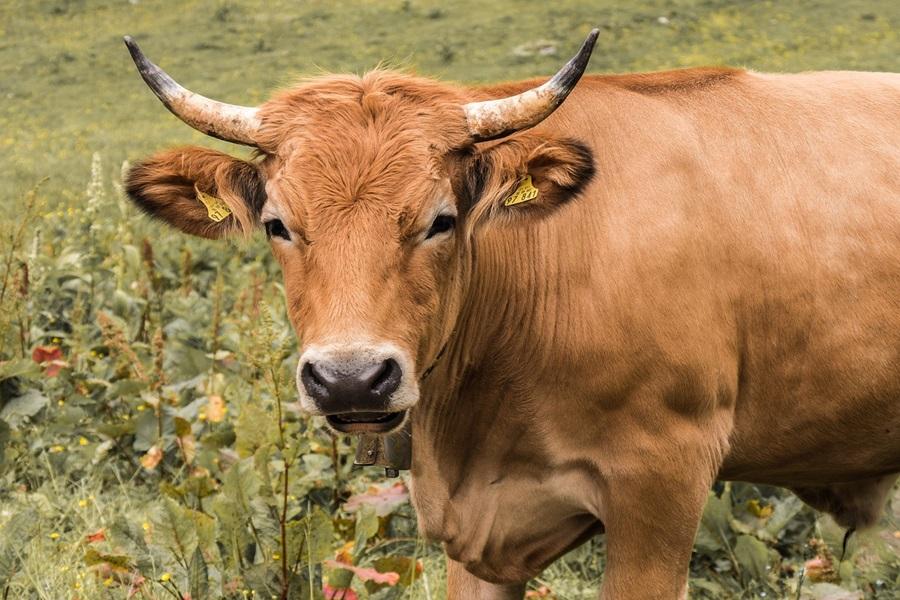While people and their beloved pets can take refuge in air conditioned rooms, wild animals can’t summon up soothing streams of cool air at the flick of a switch.
You haven’t been imagining the heat; well over 100-million Americans have been subject to dangerous heat warnings and advisories this sweltering summer, and every day sees yet more maximum temperature records smashed across the Northern Hemisphere. Meteorologists have calculated that July 2023 was the hottest month on record, and that the Earth’s average surface temperature is the highest it’s been in at least 120,000 years.
There’s no shortage of advice for people in hotter-than-normal regions: Wear a sunhat. Drink water. Stay in the shade. Don’t exert yourself outdoors in the middle of the day. Walk your dog before sunrise or in the evening. And when all else fails, go inside and crank up the AC.
But while people and their beloved pets can take refuge in air conditioned rooms, wild creatures can’t summon up soothing streams of cool air at the flick of a switch.
Many people assume that wild species can handle the heat, that they must have some way of dealing with these unusually high temperatures. After all, it’s not like every thermometer-busting day sees thousands of birds falling out of the sky or dozens of dead squirrels littering the local sidewalk.
But many wild creatures can’t, and aren’t, handling the new heat being brought on by climate breakdown, even though we rarely see them collapsing and dying in large numbers around us. The effects of rising temperatures on the natural world are often quite subtle, yet still deadly serious.
Every organism has thermal limits. If its body temperature goes too high or too low, it will die. Some species can survive large variations of their internal temperatures and others, like Homo sapiens, must keep their internal temperatures within a very narrow range.
So, in addition to finding food and evading predators, every wild creature must constantly manage its body temperature to survive. For many, this means performing a never-ending dance of energy give-and-take with their environments.
As ‘warm-blooded’ animals, most species of birds must keep their body temperatures within tight thermal limits. When the air around them is cold, they must generate internal thermal energy by moving their muscles and metabolizing food and fat reserves to keep their body temperatures up. But when the air temperature rises above their body temperature limit, they must simultaneously prevent more energy coming into their bodies from outside and offload the excess thermal energy already within them.
They do this by getting out of the direct sun (to avoid its radiant energy), sitting still (to stop their muscles producing more thermal energy), and breathing shallow breaths with open beaks (to evaporate water from the inside of their mouths, which takes heat out of their bodies—birds don’t have sweat glands).
In short, they do nothing but pant in the shade.
This behavior is usually successful in that it enables most birds to survive most very hot days. But, by forcing them to be motionless for hours on end, just trying to stay cool, it wrecks their schedule. As global temperatures rise, many birds no longer have enough time in their days to find enough food to remain at peak health, and especially not to find the extra food needed to raise their young.
The effects of rising heat on birds are most apparent in traditionally hot, dry places. Scientists have documented extraordinary collapses in California’s Mojave Desert bird communities; a 2018 study found that the average site in the Mojave has lost almost half the bird species that were present a century ago, and that these stunning decreases could best be explained by rising temperatures. (The Mojave has suffered little of the habitat destruction, pollution and overhunting that have killed off birds elsewhere.)
In southern Africa’s arid Kalahari savanna, researchers are watching a stunningly rapid decline in the breeding success of the charismatic Yellow-billed Hornbill, an iconic species of the region. Average maximum air temperatures in spring and summer have been increasing by about 1 degree Celsius per decade in the Kalahari, rising from about 34 Degrees Celsius in the mid-1990s to well over 36 degrees Celsius today. The researchers documented a sharp decline in hornbill breeding success between 2008 and 2019, and predict that if temperatures continue up at the current rate, hornbill breeding success will decline to zero from 2027 onwards. The adult birds will begin to die off and over a few years their species will be gone from a place it’s inhabited for millennia. Other Kalahari bird species appear doomed to the same fate.
As birds quietly disappear from millions of acres of the planet, other species that depend on them will vanish too—an unnerving demonstration of how relatively small increases in air temperature can inconspicuously break down large ecosystems.
It’s not only birds that are being pushed into oblivion by heat, nor is it only land-dwelling species: underwater animals are also suffering. Most coral polyps—the tiny, communal animals that build and inhabit coral reefs—live in close association with colorful microscopic algae, which live inside their bodies and produce nutrients for the polyps. When water temperatures rise too high, the polyps become stressed and expel their symbiotic algae. The corals bleach and begin to starve. If the water remains too hot for too long, or marine heatwaves occur too frequently, the polyps cannot recover their algal symbionts and they die. Increasing ocean heat is bleaching coral reefs around the world at a previously unthinkable scale, underwater and so largely out of sight. The largest analysis of coral reef health ever undertaken, published in 2021, found that 14% of the world’s corals had been lost in the previous decade because of heat, and another recent study predicts that over 99% of coral reefs will experience heating that they cannot recover from if the global average temperature increases by just 1.5 degrees Celsius, which, unless we massively reduce our carbon emissions, it is likely to do in the next decades.
Increasingly, heatwaves are so severe that they do dramatically kill large numbers of animals. In late 2018, a two-day heatwave in Australia killed 23,000 Spectacled Flying Foxes and 10,000 Black Flying Foxes. These furry-faced and bright-eyed large bat species roost together in trees during the day, and people saw the overheated animals falling from their roost trees en masse, gasping their last breaths on the ground. With this year’s El Nino shaping up to be one of the most intense on record, Australian conservationists expect to see more mass bat deaths as the southern summer comes around.
Hotter air is also weakening trees, making them more vulnerable to pests and diseases. It’s drying out soils and vegetation, opening the way for new megafires like those currently ravaging Canada, and so on and on: Heat is fracturing ecosystems everywhere, and we’re just in the early stages of climate breakdown. Humans are highly adaptable. We can build machines like air conditioners and move to cooler regions relatively easily, which will save many of us from the initial shocks of climate breakdown. The vast majority of wild species, however, can’t simply pack up and go someplace else. They’ve evolved over eons to survive in particular thermal environments, in particular types of ecosystems, in particular natural communities. By continuing to pollute the atmosphere with our fossil fuel emissions, we’re fracturing their worlds and pushing ever-greater numbers of them into extinction.
Original source: https://time.com
https://www.animalagricultureclimatechange.org/climate-change-poses-huge-risk-to-wildlife/











